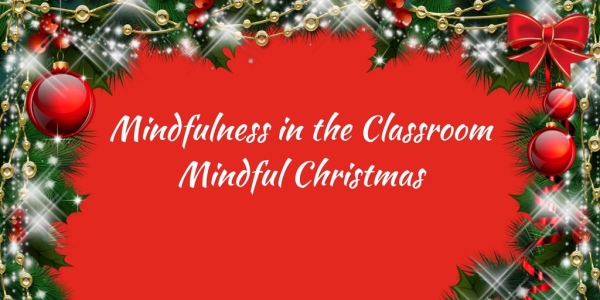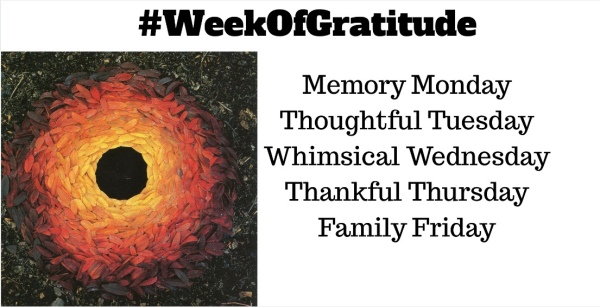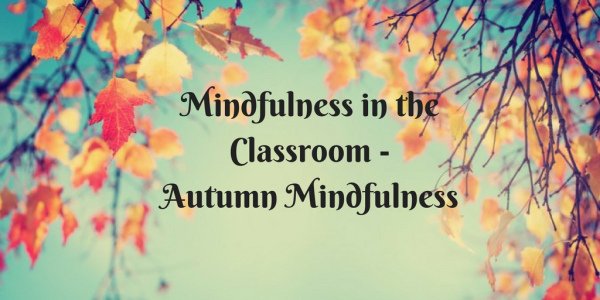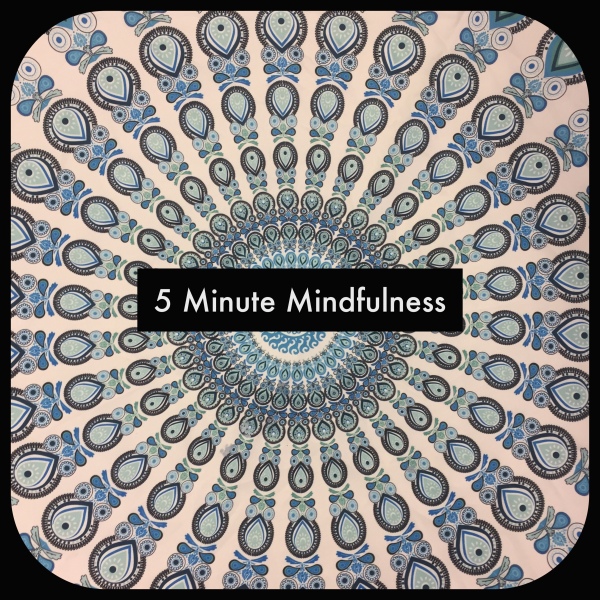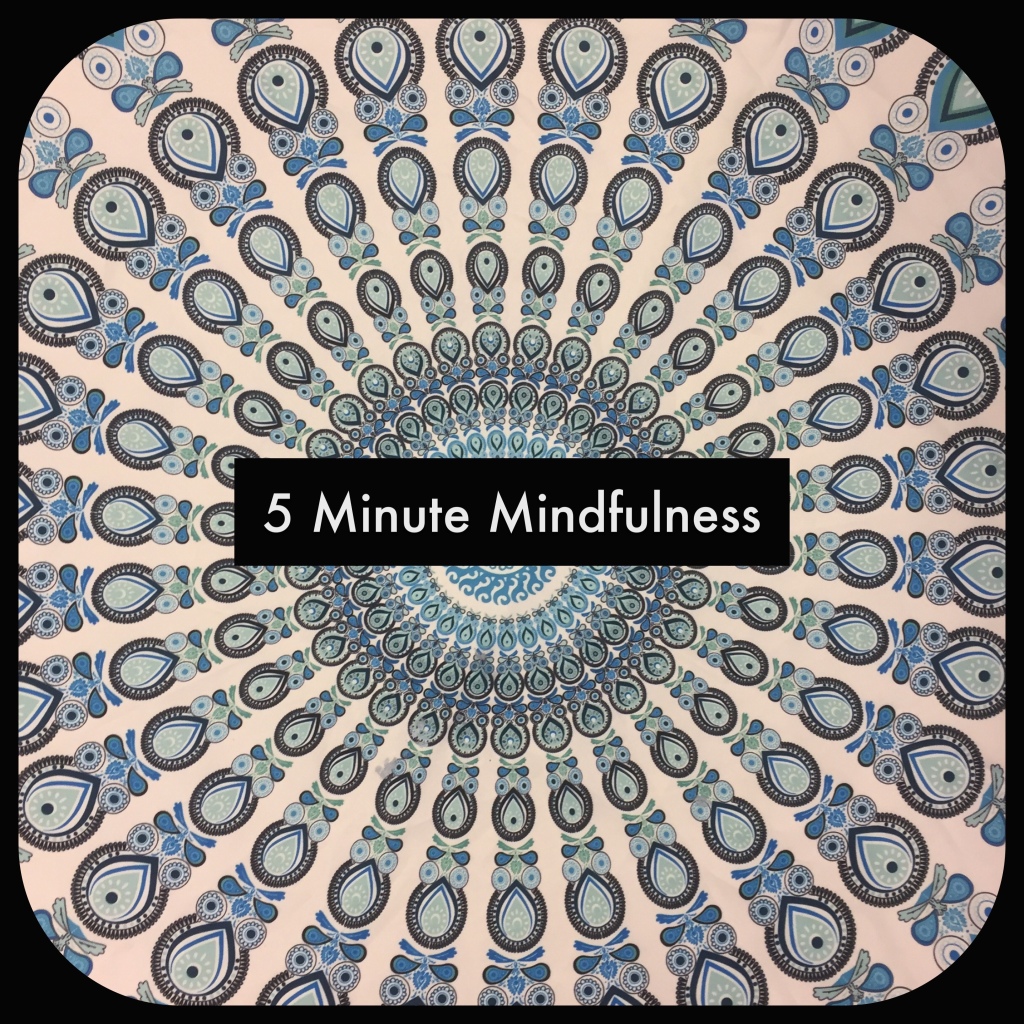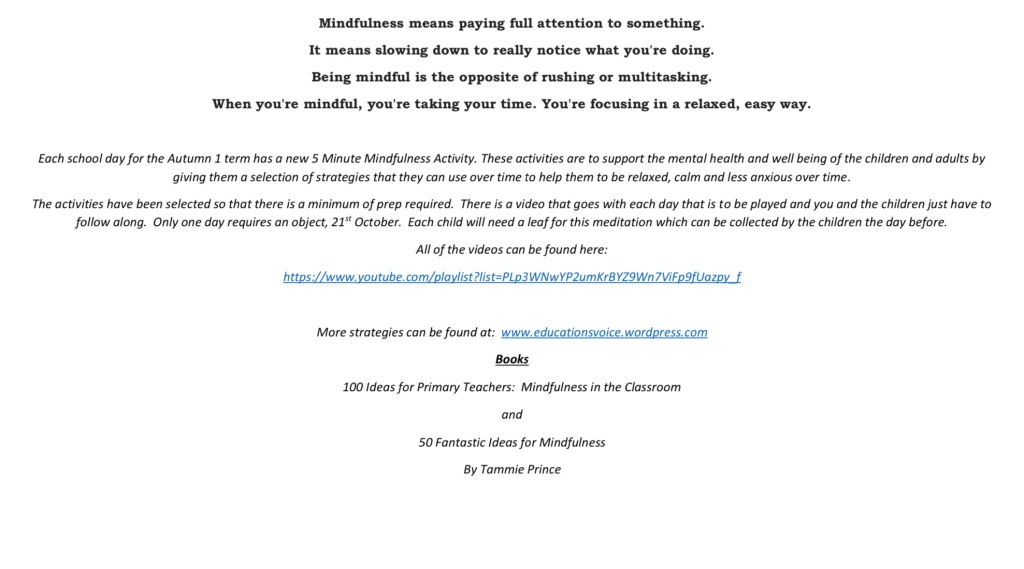Christmas is a stressful time for children and adults. The build up towards the BIG day is exciting and chaotic; so many colours, twinkling lights and sounds fill our environment! Our routines are disrupted and we can all get overwhelmed.
Here are some ideas that can help you to continue to develop Mindfulness that can lead to a quieter, calmer December!
Mindful Positivity
Mindful Christmas Chain
Put a twist on the Advent Calendar! Each day, give each child a link for a Christmas Chain and write one positive thing that had happened that day, decorate it and add it to the ever expanding Christmas Chain. Encourage the children to tell their parents about their Chain link each day (or have them make two chain links and send one home to make a chain at home) and watch positivity about school spiral up in the run-up to Christmas.
Mindful Meditation
Christmas Star Meditation

Breathing is one of the most natural things a person can do and an automatic reflex that is hard wired in our brains. How many times have you heard someone say, “Breathe!”, when someone is upset? What about a deep sigh when one is frustrated. It is purely natural reflex which helps us relax.
This Christmas Star Breathing adds a Christmas focus to a simple Mindfulness strategy.
First, get children decorate their own Christmas star for meditation.
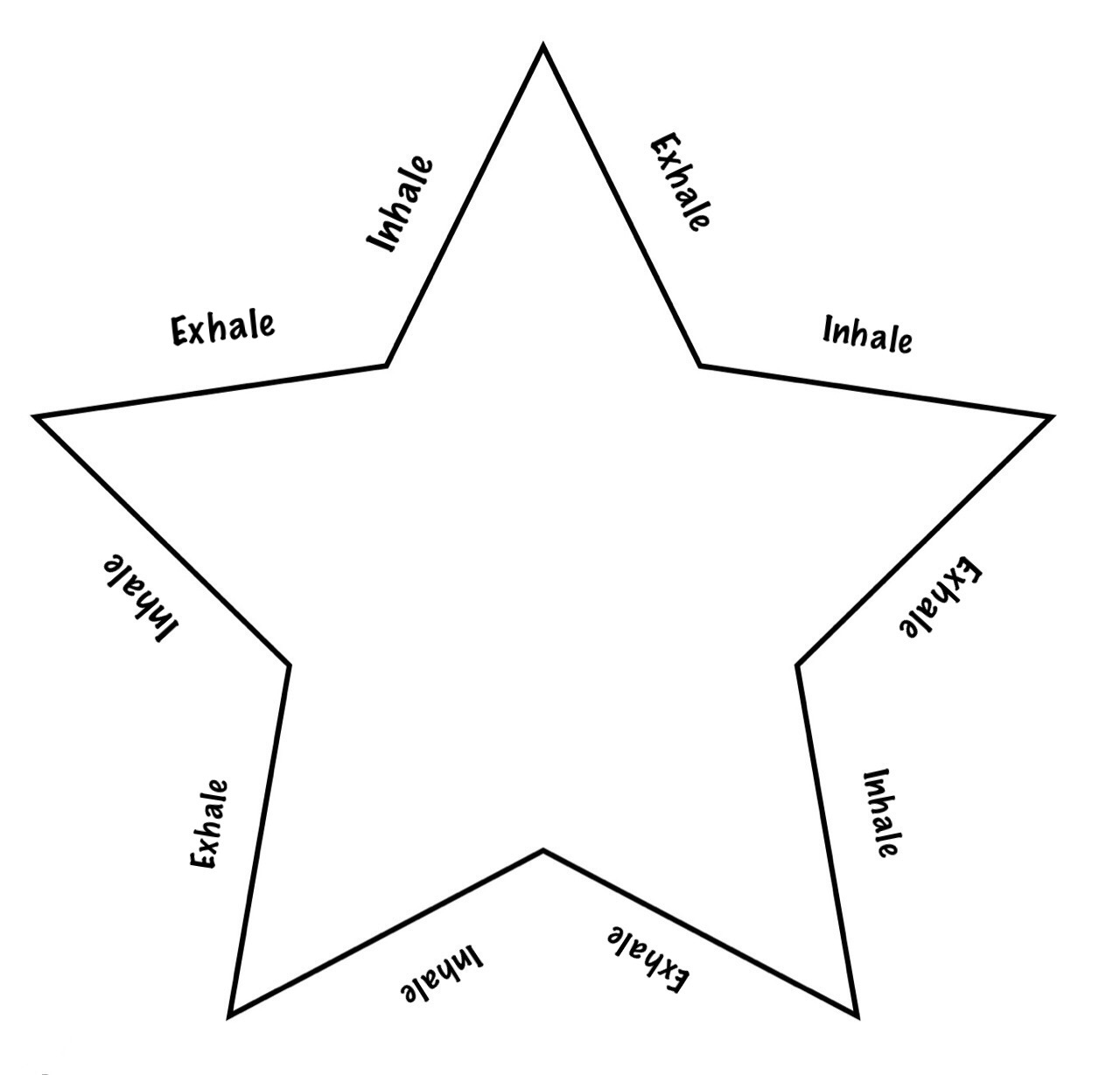
Once complete, have the children place it near where they work. They trace the star and Inhale, hold at the point, exhale and keep going until you’ve gone around the whole star.
Christmas Meditation Music
Playing low music in the background as the children transition to a new activity or as they work diligently on their maths problems and writing, is a way to support behaviour management in the classroom while also supporting children’s learning. Here are some nice Christmas meditation music that allows for a calm, mindful Christmas atmosphere.
https://youtu.be/r-K1t8AZVyI
https://youtu.be/5_2OT7n_V0I
https://youtu.be/fl_XBFfeyh4
https://youtu.be/Uwx3puPyMdA
Christmas Mind Bottle

Create and use Christmas themed Mind Jars. Instructions for making and using the bottles can be found here: https://educationsvoice.wordpress.com/2016/02/23/mindfulness-in-the-classroom-mind-jar-meditation/ use Christmas themed glitter, sequins and colours to go with the season.
Mindful Gratitude
Gratitude is a fundamental feature of Mindfulness. We are able to change synapsis in the hypothalamus which controls emotion by waddling in our thankfulness.
Gratitude Christmas Tree
Decorate a tree or your class with the things you are grateful for. Your class can draw people, experiences, or things they are grateful for on small Christmas shapes. Then add them to your class decorations. The tree and decorations can act as a daily reminder of things that they are thankful for.
https://mothersniche.com/gratitude-lights-for-christmas-free-printables/ (Christmas lights decorations)
Thank you Cards
Create a selection of Thank You cards to take home over the holidays. Their homework is to complete with a message of thankfulness for gifts and time spent together with family and friends and given to them.
https://www.thebalance.com/free-printable-christmas-thank-you-cards-1356274 (free printable thank you cards/notes)
https://teachingmama.org/christmas-thank-you-cards-kids-can-make/ (Hand-made thank you card ideas)
Christmas Yoga
Christmas Yoga helps us to recent research, relax and refocus. These yoga poses can be done in class with no extra space. Use it at the start or end of lessons as a transition in lessons or times of the day.
Christmas Tree pose
Children are to:
* Stand up straight and tall. Breathe in and out and feel your feet rooting into the floor. Keeping their eyes focused on one spot.
* They then need to lift up one leg by bending at the knee and placing that foot on the ankle or calf of the other leg.
* Have them Inhale and exhale while in tree pose and imagining they are being covered in decorations or snow.
* Then they lift their arms in the air. Try to hold for 3 slow deep breaths.
* Slowly place your foot back on the ground and repeat on the other side.
Christmas Gift pose
This is a variation on child’s pose.
Have children:
* Curl into a ball , keeping legs and feet underneath the body and feet on the floor.
* Are to focus on breathing in and out slowly, feeling the breath move into the ribs and the back of the body.
* After a few quiet breaths, get the children to slowly rise up on their knees as if the gift is being unwrapped and revealed.
Star pose
Have children:
Get in a full body stretch and feel energized.
* Stand with legs wide apart and stretch your arms out wide, making a star shape. Relax the neck and shoulders and breathe slowly and deeply. Hold for 5 slow deep breaths.
Education’s Voice wish you, your class and your family a mindful Christmas!
Find more mindfulness strategies on www.educationsvoice.wordpress.com and in the Bloomsbury book, 100 Ideas for Primary Teachers: Mindfulness in the Classroom by Tammie Prince ( Bloomsbury Link, Amazon Link )
